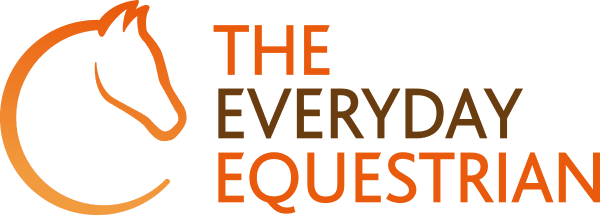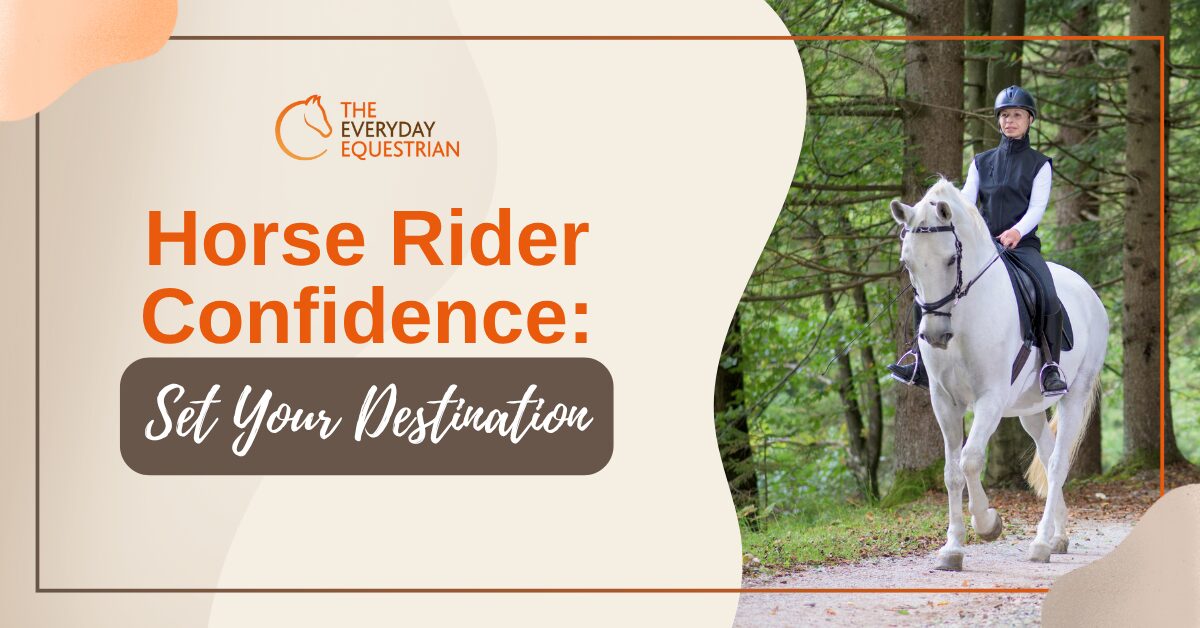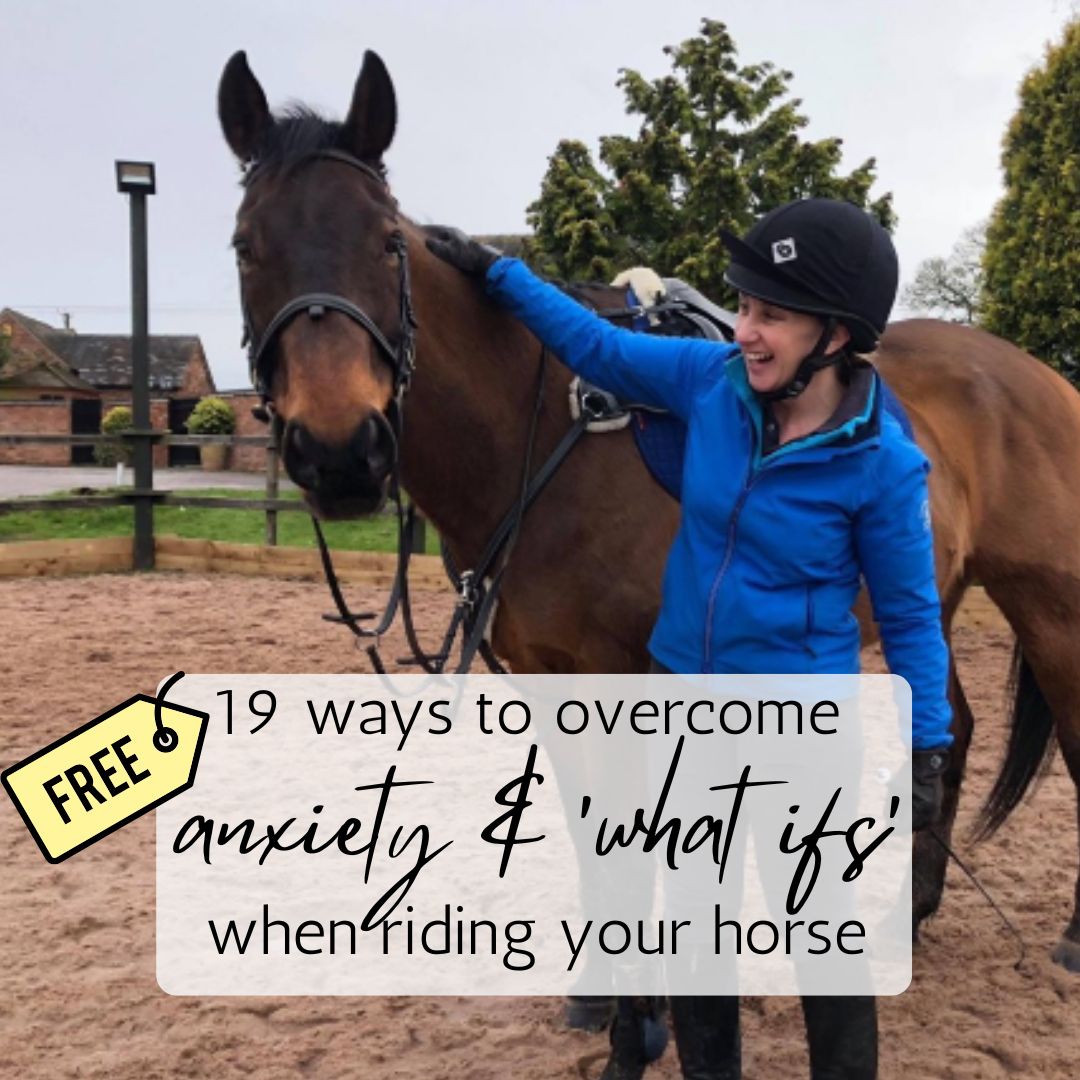If you’ve ever packed the car for a holiday, you’ll know how it goes. The bags are loaded, the snacks are ready, the kids or dogs or soft toys are all safely packed, and you’re up at some ridiculous hour to beat the traffic. It’s part chaos, part excitement. But imagine you got in the car, started driving, and didn’t put the destination into the sat nav. You’ve got a rough idea where you’re going, somewhere down south, maybe near the coast, so you just start heading that way, hoping you’ll get there eventually.
You’d never do that on a real journey. Yet that’s exactly how most riders approach confidence.
They know they want to feel better. They know what they’re struggling with. But they don’t have a clear, defined picture of where they actually want to get to. They’ve not set the coordinates. So they keep moving, hoping things will change, but often find themselves circling back to old doubts, old patterns, and old fears.
This first stage of the Rider Confidence Success Track, the Confidence Compass is , all about helping you shift that. It’s about getting clear on the destination, not just the discomfort. Because if you don’t know where you’re heading, how will you ever know if you’re making progress?
What I want to share with you today is why that clarity matters, and what happens in your mind when you start working with it, rather than against it.
Your Mind Is Always Listening
There’s a simple truth we often overlook: the brain believes what you tell it. Especially if you repeat it often enough. When you think or say things like “I’m terrible at this,” “I always mess it up,” or “I can’t ride unless everything’s perfect,” your brain doesn’t argue. It doesn’t weigh up the evidence. It just listens, accepts it, and stores it as fact.
This is where a principle called neuroplasticity comes in, your brain’s ability to adapt and rewire itself based on repeated patterns. The more often you think something, the stronger that neural pathway becomes. If your inner dialogue is focused on fear, failure or frustration, that becomes your default setting. Even if your actual experiences don’t fully match, your brain starts filtering the world through that lens.
Now, the good news is this works both ways. You can change those patterns. But the first step isn’t to push harder or think more positively. It’s to stop and ask: what am I actually aiming for? What do I want to feel, see or experience instead?
That’s the shift. And it’s more powerful than it sounds.
Your Mind Craves Certainty
Another important principle here is cognitive bias, particularly negativity bias. This means our brains are naturally wired to pay more attention to what might go wrong than what might go right. It’s a survival mechanism, rooted in evolution. So if you don’t direct your mind with a clear focus, it will default to scanning for problems.
This is why so many riders get stuck. They have a vague intention like “I want to feel more confident,” but no concrete version of what that actually looks like. So their brain, trying to protect them, fills in the blanks with imagined risks, remembered mistakes, or worst-case scenarios.
But when you define what confidence looks like for you, when you give it shape, detail, and feeling, your brain starts to filter differently. This is known as reticular activating system (RAS) function. It’s a bit like tuning a radio. When you tune in to a particular frequency, your mind starts noticing more of what matches it, and filtering out what doesn’t.
Put simply, if you want to feel more confident, you have to tell your brain what to look for.
Vague Goals Create Wobbly Progress
Imagine saying, “I just want to stop feeling nervous.” That’s like saying, “I want to drive somewhere that isn’t London.” It rules something out, but doesn’t tell you what you do want.
What the brain needs is direction. Not a full route map, that comes later but a destination. A place to head for. And in psychological terms, this is where solution-focused thinking plays a role. Instead of ruminating on the problem (what’s wrong), we bring attention to the preferred future (what’s possible).
This doesn’t mean pretending the fear isn’t there. It means acknowledging it, but choosing to focus on what you’d like instead. This opens the door to hope, to possibility, to agency.
You’re no longer waiting to feel better before you take action. You’re choosing to act towards something better, and that changes everything.
Visualisation Is More Than Imagination
When you start picturing your version of success, even just in snapshots, your brain treats those images almost like real memories. This is backed by brain imaging research that shows how mental rehearsal activates the same neural networks as real-life experiences.
So when I talk about building a mental Polaroid of your confident self, I’m not being fluffy or idealistic. I’m inviting you to practise something that literally changes the wiring in your brain. It helps you develop what psychologists call self-efficacy, your belief that you can create change, that you have the ability to influence your experience.
This is a key part of confidence. Not just feeling braver in the moment, but trusting yourself to manage uncertainty, make good decisions, and show up even when it’s not perfect.
Your Starting Point
Stage 1 of the Rider Confidence Success Track, the Confidence Compass, is designed to help you do exactly this. It’s not about forcing change. It’s about setting direction. Gently but clearly. We help you identify where you are right now, define what confidence means to you, and begin to build a sense of what the next few steps might look like.
There’s no pressure to have all the answers. In fact, most members arrive feeling unsure. But once you name where you want to head, even in broad strokes, your brain starts working with you, not against you. You stop spinning in circles. You stop doubting every move. You start noticing small shifts that build towards something much bigger.
Where Real Change Begins
So if you’ve been working hard to feel better but still feel like you’re guessing, maybe it’s time to check whether you’ve actually set your destination. You don’t need to know every turn in the road. You just need to know where you’re heading.
That’s what we do inside Crack the Confidence Code. We help you figure out your starting point. We guide you to define your confidence postcode. And we support you as you build towards it, one step at a time.
If you’d like to explore this for yourself, we’d love to welcome you inside the membership. Because the first step to rebuilding your confidence is knowing where you’re trying to go.
And once you’ve set that destination, everything else becomes much easier to follow.


